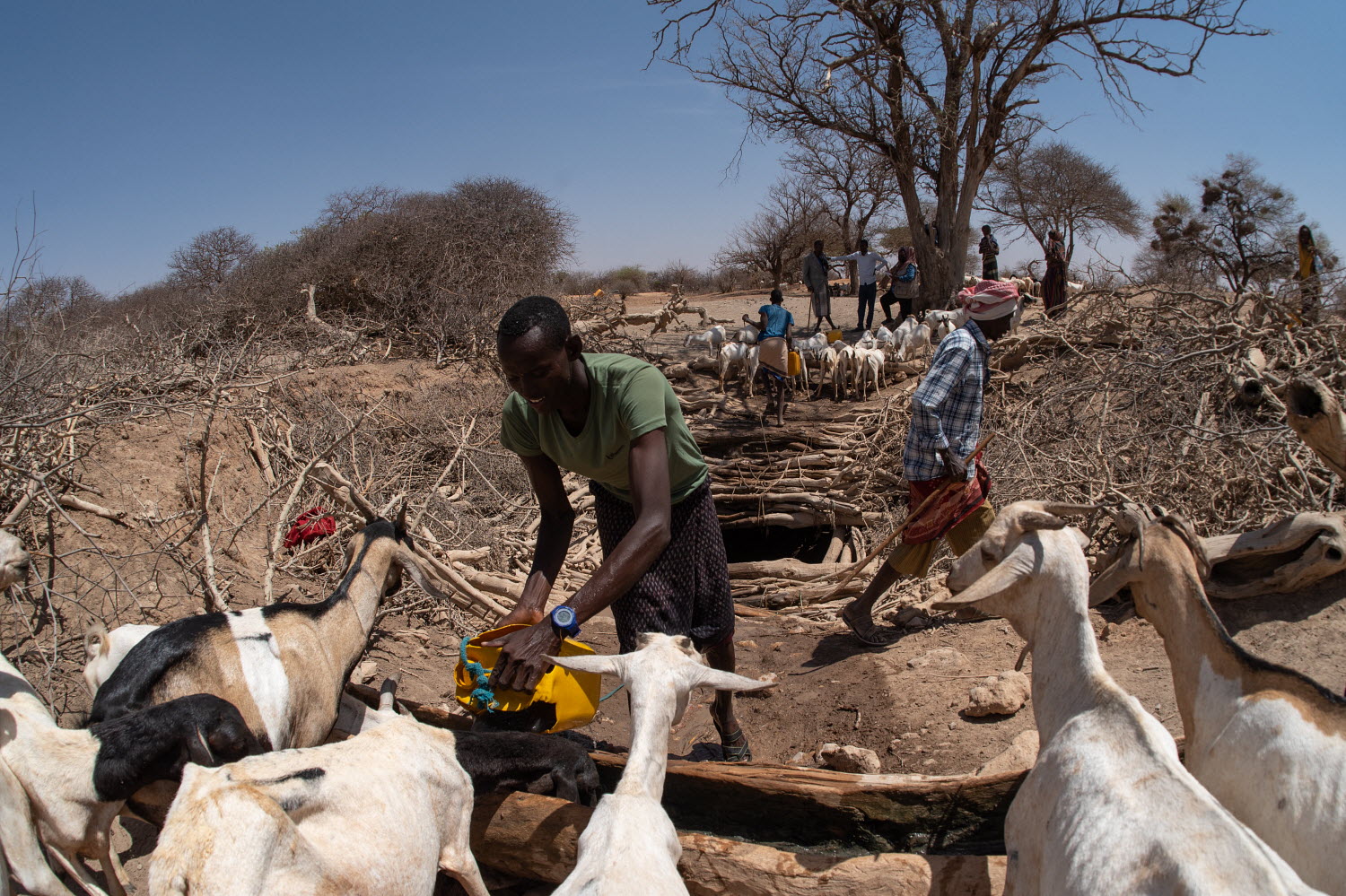Drought recovery response

| Tags | |
|---|---|
| Countries | Ethiopia |
| Start date | 31/03/2013 |
| End date | 02/09/2015 |
| Status | Completed |
| Donor | Japan |
| Recipient / Target Areas | Ethiopia |
| Budget | 6 000 000 USD |
| Project Code | OSRO/ETH/302/JPN |
| Objective / Goal | The objective of the project was to improve the resilience of drought-affected smallholder farmers living in the belg/ meher agro-ecological zones of the eastern highlands of Ethiopia and pastoral communities in Afar and Somali regions through improved crop and livestock production and natural resource management. |
| Beneficiaries |
2 502 672
|
| Activities |
The project helped improving the resilience of drought-affected smallholder farmers living in the belg/ meher agro-ecological zones of the eastern highlands of Ethiopia and pastoral communities in Afar and Somali Regions through improved crop and livestock production and natural resource management. FAO also piloted a hunger free schools approach with the objective to increase school enrolment and reduce school dropout. FAO worked in partnership with Ministry of Agriculture core programmes, including the Sustainable Land Management and Productive Safety Net Programme. The drought recovery response project had three planned outcomes:
|
